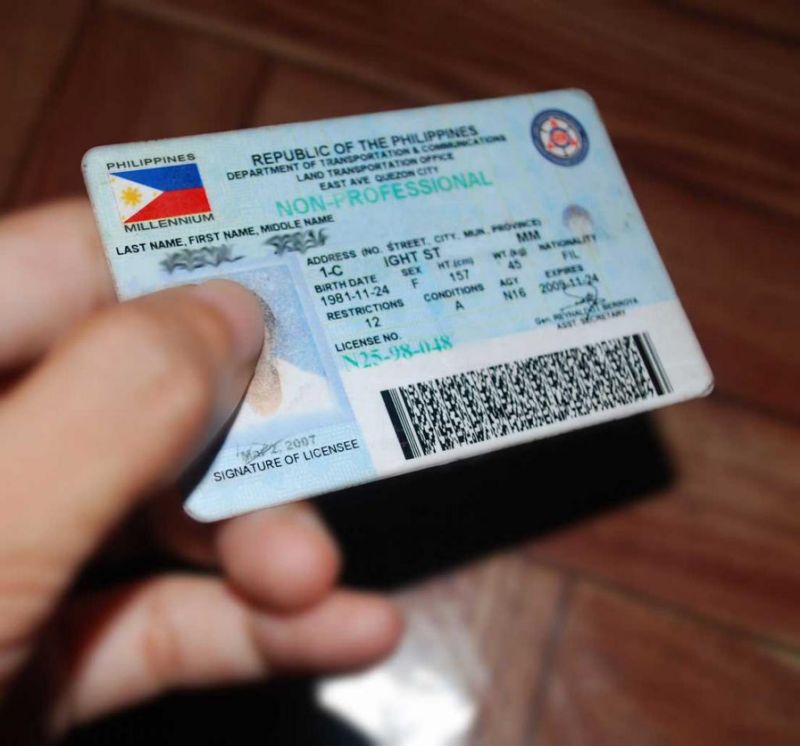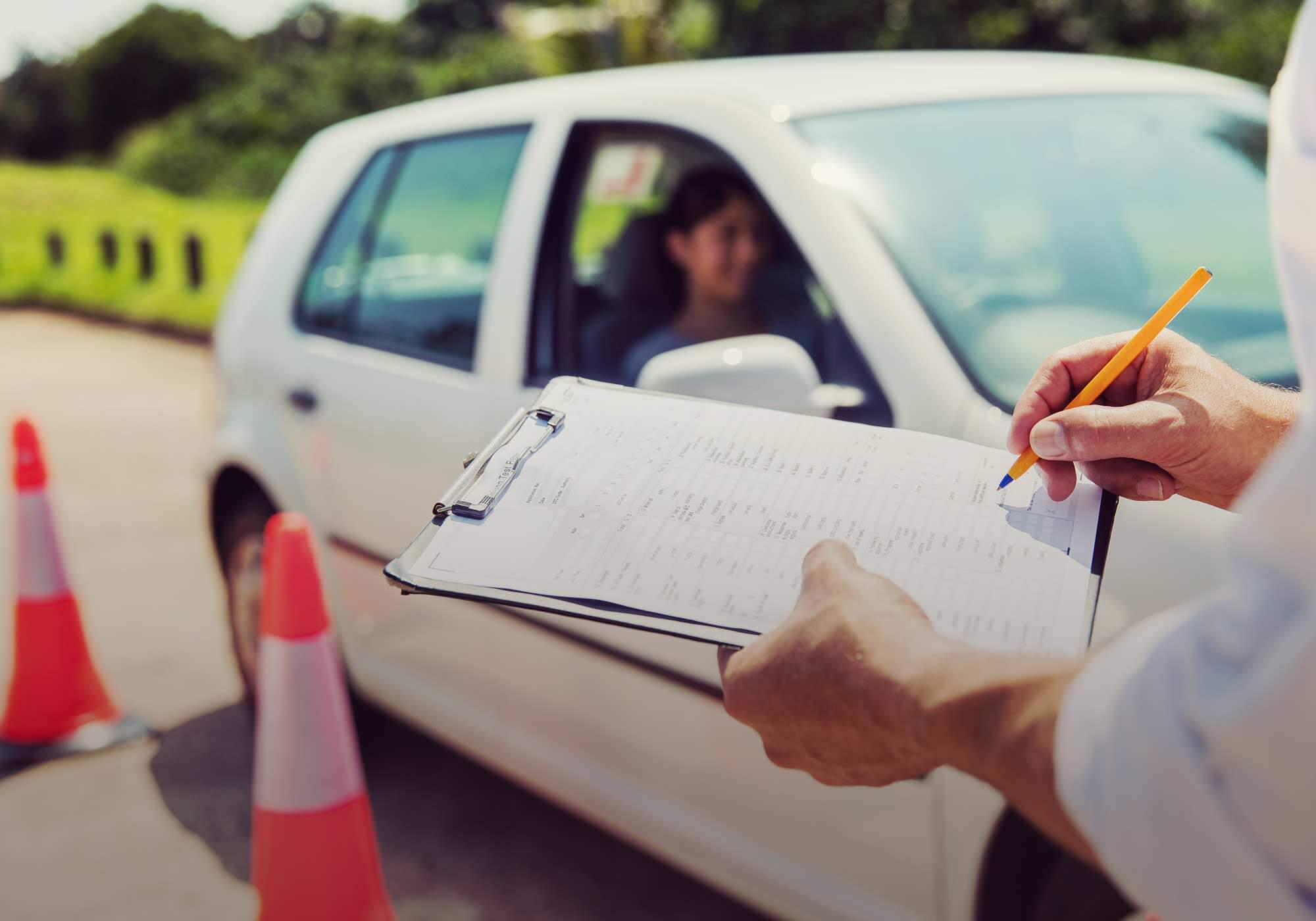As a law-abiding citizen of our country, you have probably found that there’s no need to think about your driving license for the first 17 years of your life. But sooner or later, you grow up and realize that to have to start being responsible – yes, this includes learning how to drive and making sure you are licensed to.
A driver’s license is an official document required as legal authorization for individuals who wish to drive cars, trucks, or any motorized vehicles. If you want to be driving around the country, only the Land Transportation Office (LTO) in the Philippines can issue a Driver’s License for you. It serves as proof that you’ve undergone proper training, you know how to drive a vehicle, and you have successfully completed all the necessary requirements and passed both practical and written exams.
Take note that there are three different types of driver’s licenses.

- Student Permit – This permit allows you to practice driving; you may enroll in a driving school or have private lessons with a licensed driver.
- Non-Professional Driver’s License – You will be qualified to apply only after at least one month of being a student driver.
- Professional Driver’s License – This license is best for people who would be driving public utility vehicles (PUVs) and trucks.
If you have a student driver’s license and are ready to get a non-professional or a professional license, you have to attend and pass the Practical Driving Course (PDC) from any LTO accredited licensed driver, LTO Driver’s Education Center (DEC), or LTO accredited Driving School / LTO accredited TESDA Training Center, you must not have unsettled traffic violation and has completed one month after acquiring your students’ drivers license. It is vital to pass the LTO’s exam first. It is a two-part exam that includes the Automated Theoretical Examination and Practical Driving Test.
Written Test
Given that you’re already confident about your driving. The next thing to prepare for is the Automated Theoretical Examination. Here are a few things you need to know that is vital to help you ace the written Exam.
1. Number of items and Test Format
It will be a 40-item test for non-professional exams and 60 items if you will take the professional exams. Both exams are in multiple-choice format.
2. Passing Score
You have to get Thirty (30) out of Forty (40) items correct for the non-professional driver exam or Forty-five (45) out of Sixty (60) items for the professional exam.
3. Language
You may choose to take the test in English or Filipino; choose one that you are comfortable with and can easily comprehend.
The LTO exam reviewer has questionnaires in English and Tagalog, which you can both answer to get a feel for the difference between the two languages before your actual written exam.
4. Driving School
It is very helpful to be part of intensive training first before you apply for a driver’s license through organized driving lessons. Legit and accredited driving schools would brief you with all the necessary things you must know in driving, both theoretical and practical. To make sure that you are enrolled in a legitimate driving school, check it with the LTO through their offices or their website.
5. Topics Covered
Various questions will be asked related to the provision of the Land Transportation and Traffic Code (R.A. 4136) and Batas Pambansa Bilang 398.
6. Reviewer
There are different reviewers available online for both professional and non-professional drivers. The LTO has made an LTO exam reviewer available to the public through its website. On the upper right part of the homepage, click on the e-learning tab, and it will direct you to a Driver’s License Renewal Course, in here you will find a Comprehensive Driver’s Education (CDE) Program which you can download and study on your own pace, and a Comprehensive Driver’s Education Program Audio Visual guide.
This covers all that might come out in the actual LTO written exam, which includes topics such as:
- Road Safety – courtesy, stress, road rage, road crash, handling emergencies, and duties and responsibilities
- Road and Traffic Rules – signs, signals and markings, expressway, and rules on the road
- Special Laws – for light vehicles, motorcycles, and tricycles
- Other Regulations – passengers and cargoes, standard violations, and tips
- General Information on Land Transportation RA No. 4136 – registration, enforcement, active transport, permits and licenses, gender, and development
7. Practice Exam
If you want to give the exam a try, you can visit the LTOExam website. On the uppermost part, you will find the LTO Written Exam on the second tab. Click on the tab, scroll down a little, and you will see a Driver’s License Practice Examination. When ready, click on the START button. In this practice exam, you will have to answer 101 questions, which according to the website, are the exact questions you’ll get on the Official LTO Written Test. You will immediately know if you pass or fail the test right after.
8. Result
The results of the actual LTO exams are usually handed over an hour after you and your batch finish. You will be required to go back within the day or to come back on the next business date. You will then be asked to transfer to the actual driving course within the day for the hands-on driving exam or be given a schedule.
9. Tips on taking the test
A lot of questions will be about different road scenarios and situations. To be able to give correct and appropriate responses, read and understand each situation carefully.
Don’t rush. Focus on your goal, which is to get as many correct answers as possible.
Practical Test

The second part of the Exam is the Practical Driving Test, where you will be accompanied by an LTO personnel. You will be faced with real-life public driving scenarios as you drive around the driving range.
Outside and within the Land Transportation Office, you will be met with numerous reminders to never transact with “fixers”. Let’s take part in putting an order in our country by being reliable enough to come to the facility ready to show off our good and responsible driving skills and practice all the essential learning acquired in theory. Remember that any test is a true test of integrity.
Here are a few things you need to know to get ready for your Practical Test:
1. Scoring System
Three criteria will be observed:

A. Pre-driving check (10 points)
This criterion determines how you get ready to start your drive. Remember to check your vehicle’s tires and batteries, and check/ clean /adjust mirrors, lights, and windshield wipers. Check both your hand and foot brakes, disengage the clutch, and don’t forget to put your seat belt or helmet on before starting the engine
B. Driving skills (50 points)
You will be asked to make one round on an obstacle course, which involves real-life road scenarios such as driving straight on a flat and or elevated road, making tight turns, executing calculated brakes, and parking properly and in reverse. Be mindful of the speed at which you are going to.
C. Observance of traffic rules (40 points)
How you put your theoretical learning into practice will be gauged using this criterion. Observe traffic rules, stay in your lane, check on road signs, stop on pedestrians, etc.
You will be scored using a demerit point system. This means you will have 100 points at the beginning of the test, which will be deducted each time you commit an error. A corresponding number of points will be deducted from your score and logged onto a road test score sheet. A “Road Test Score Sheet” page will be found at the back of the LTO Application for Driver’s License form.
2. Passing Score
You need to get a score of at least 70 out of 100 to be able to pass. The test result and along with feedback on your driving prowess, will be given to you by your examiner right after your practical exam.
3. Engine to Use
You can choose to take the practical exam using an LTO vehicle, your car, or your driving school’s vehicle.
It is deemed easier to drive a vehicle you’re already familiar with and comfortable with; this may be your own or the vehicle that you used to practice in driving school. Driving a rented car or motorcycle might be disadvantageous since you’re not entirely familiar with the navigation and handling of whatever vehicle is available.
4. Tips
Practice as often as you can. Try maneuvering various driving situations, such as changing lanes, parking in various locations and on reverse, and driving along narrow streets.
Most importantly, be calm and try not to panic, as this might distract you.
Trying Again
If you did your best and it just isn’t enough, you can retake the LTO exam one month after failing the writing and/ or practical exams. Take a mental note of all the possible mistakes you committed, and look back at the feedback of your examiner during the practical exam.
You can’t retake the exam and apply for a driver’s license within a year if you still fail to meet the passing rate on the second attempt.
Finally, failure to pass on the third try will give you a refresher period of two years before you will be allowed to retake the test and re-apply. Take this time to practice some more and be better equipped for your next attempt.
Drivesafe PH provides a theoretical driving course that helps you understand the basics of driving in comprehensive detail, along with some tips to help you navigate the roads. Drivesafe PH is the 1st LTO Accredited Online Theoretical Driving Course Provider, a social learning platform that provides accessibility to Defensive Driving Education to future Filipino drivers who would like to take the first step in Road Safety.

Leave a Reply